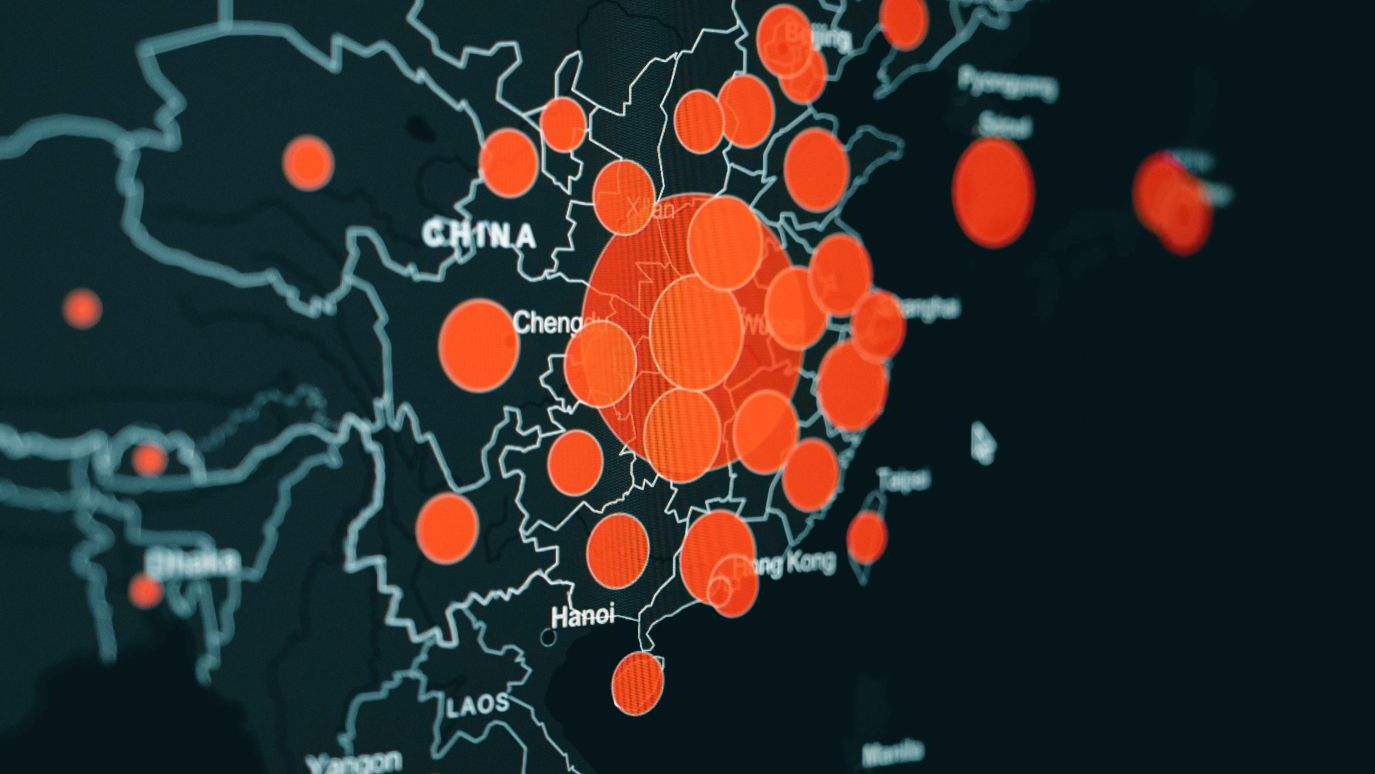Risk to civilian ships and aircraft in the South China Sea

The South China Sea (SCS) is one of the world’s most heavily trafficked waterways. Estimates suggest that one-third of global shipping, and approximately $5.3 trillion worth of trade, transits through the South China Sea annually, including energy supplies to the US.
In addition, the SCS contains an estimated 11 billion barrels of oil, 190 trillion cubic feet of natural gas, and contains significant fish stocks, coral, and other undersea resources, according to the U.S. Energy Information Administration.
China asserts “indisputable sovereignty over the islands in the South China Sea and the adjacent waters” without defining the scope of its “adjacent waters” claim. China depicts its claims with a “nine-dash line” that covers an area covering approximately 62 per cent of the sea.
In recent years, China has claimed sovereignty of several islands in the region, many of which it has militarized, despite objections from other countries in the SCS region, including Vietnam, the Philippines, and Taiwan, also claiming sovereignty. The SCS is one of the main arteries for the world’s largest economies and their ability to access the sizeable consumer markets in Asia. It means that China’s recent militarization of these islands represents a growing threat to economic and political security globally.
Between 2013 and 2015, China performed extensive land reclamation in the Spratly Island chain, in the Southeast region of the SCS – Taiwan, Vietnam and the Philippines also claim territorial sovereignty over features in the Spratly Islands. Since then, at least three of the islands have been significantly militarized by China, including the building of ports, military installations and airstrips, advanced anti-ship and anti-aircraft missile systems, laser and jamming equipment, and fighter jets.
In the Northwest part of the sea, China, Taiwan and Vietnam all claim territorial sovereignty over the Paracel Islands. China’s largest outpost there is Woody Island, where it has created dredged harbors, runway upgrades, and hangar and radar construction. China started this process in 2016, and in successive years, satellite imagery has detected HQ-9s (long-range semi-active radar homing surface-to-air missiles), Y-8 aircraft (medium-range transport planes), J-10 and J-11 fighter jets, Z-8 helicopters and BZK-005 drones, on the island.
These moves led John Aquilino, the commander of the United States Indo-Pacific Command, to describe it as “the largest military build-up since World War Two by the PRC. They have advanced all their capabilities and that build-up of weaponization is destabilizing to the region.”
Other countries in the region are concerned. In 2022, both the Philippines (Spratly Islands) and Indonesia (Natuna Islands) laid claim to several islands in the region, for defense and security reasons – China disputes both.
The United States makes no territorial claim in the SCS but urges that all disputes be settled without coercion and based on international law. For years, it has deployed navy ships and aircraft to patrol and promote free navigation in international maritime regions and airspace, but rising tensions are causing an increasing number of skirmishes.
On 30 December 2022, a Chinese J-11 fighter jet flew within three meters of a US Air Force reconnaissance plane over the South China Sea, forcing the US plane to take evasive maneuvers to avoid a collision. Washington described it as a trend of “increasingly dangerous behavior by the Chinese Military in its encounters with the US and its allies and partners in the region”, adding that its RC-135 aircraft “was lawfully conducting routine operations over the South China Sea in international airspace.”
In May last year, an Australian P-8A Poseidon maritime surveillance aircraft was intercepted by a Chinese J-16 fighter aircraft during routine maritime surveillance activity in international airspace. The intercept resulted in a dangerous maneuver, causing the P-8 aircraft to return to base in the Philippines.
In February 2022, a Chinese People’s Liberation Army Navy vessel shone a military-grade laser at an Australian air force plane conducting coastal maritime surveillance. Pointing a laser is described as “painting a target” and occurs a split-second before live missiles are fired. This incident did not occur near China’s coastline, but rather in the Arafura Sea, within Australia’s exclusive economic zone off the country’s north coast.
The concern is that this growing number of incidents is increasing the risk of “misjudgments” – the word used by Chinese air control during the incident with the US RC-135 plane. Unfortunately, it may be just a matter of time before a civilian ship or aircraft is drawn into one of these incidents.
Pamir provides risk data and analysis to help US corporations that operate in foreign markets assess geopolitical issues, risk landscape, and competitive strategies. Subscribe to our risk analysis insight by visiting https://www.pamirllc.com today.
China’s 5G influence in developing economies
China’s Belt and Road Initiative and its digital counterpart, the Digital Silk Road, threaten to displace US telecom and tech companies in developing economies in Africa, Latin America and the Middle East. How can US operators and network providers stand up to the challenge?